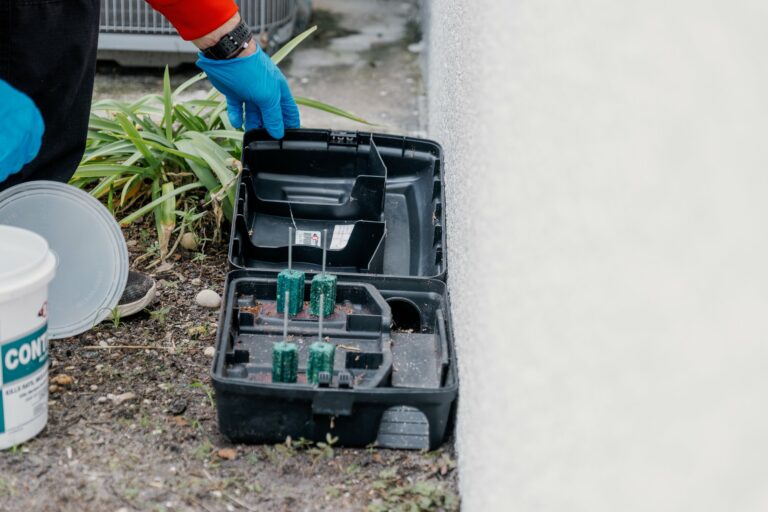Scratching in Your Attic? Could be Rodents!
Published: December 27, 2023

Rodents can be a nuisance when they invade your home. Not only do they cause damage to property, but they also pose health risks. In this blog post, we will provide you with some tips on how to identify rodents, seal up entry points, and effectively trap them in your attic. Rodents can be very common throughout Southwest Florida, Tampa Bay, and Jacksonville this time of year as cold fronts bring rainy cooler weather, rodents look for warm, dry places for shelter. Most people first determine they have an issue when they hear pest noises and animal sounds like scratching and scurrying through the attic.
The first step in dealing with a rodent infestation is identifying the common animal. Here are some telltale signs that indicate the potential rat infestation in your home:
- Droppings: Look for small pellet-like feces around your house, especially in areas where food is stored or near their nests. These could be the presence of rat droppings. Animal poop identification will be key, as it could also be lizard or pigeon droppings.
- Gnaw marks: Common Roof Rats have a habit of gnawing on various materials like wood, plastic, and wires. Check for chewed items or marks on furniture and baseboards.
- Unusual noises: If you hear scratching or scurrying sounds coming from the attic or walls, it's likely that rodents have made themselves at home.
- Nests: Rodents build nests using shredded materials such as paper, fabric, or insulation (which could also effect the energy efficiency of your home). Keep an eye out for these nests in hidden corners or storage areas.
Sealing Entry Points
Once you've confirmed a rodent infestation, it's crucial to prevent further access by sealing up any entry points they may be using. Here's what you can do:
- Inspect your home: Conduct a thorough inspection of both the interior and exterior of your house to identify potential entry points such as small holes and gaps around pipes, vents, windows, and doors.
- Seal cracks and crevices: Use caulk, steel wool and steel mesh to fill in any cracks or crevices that could serve as entry points and access holes for rodents.
- Install door sweeps: Ensure that all exterior doors have door sweeps to prevent rodents from sneaking in through the gaps at the bottom.
- Trim vegetation: Trim tree branches and shrubs that are close to your house, as they can provide easy access for rodents.
Trapping Rodents in the Attic
If you've determined that rodents are residing in your attic, trapping them is an effective way to eliminate the problem. You can even install one-way traps (sometimes called one-way squirrel exclusion doors) in areas where you don’t have access to check traps regularly Follow these steps:
- Choose the right traps: There are different types of traps available, such as snap traps, live traps, and glue boards. Select the one that suits your preference and needs.
- Place traps strategically: Set up traps along rodent runways or near their nests. Common areas include attics, crawl spaces, and corners where droppings are found.
- Baiting the trap: Use bait that is attractive to rodents, such as peanut butter or dried fruit. Place a small amount on the trigger mechanism of the trap.
- Regularly check and dispose: Check the traps regularly and dispose of any captured rodents promptly and safely. Wear gloves and avoid direct contact with the rats, their babies and the traps as they can spread disease
Another tip is not to place rat poison in your attic. If a rodent eats it and dies in the attic, you’re in for a smelly mess.

Remember, if you're unsure about dealing with a rodent infestation on your own or if it persists despite your efforts, it's best to seek professional help from a pest removal service like All U Need Pest Control.
By following these tips on identifying rodents, sealing entry points, and trapping them in your attic, you can regain control over your home and ensure a rodent-free environment for you and your family.
If you have any questions or need assistance with pest control services, don't hesitate to reach out to us at All U Need Pest Control. We're here to help!
Note: If you suspect larger animals such as possums, raccoons or squirrels in your attic, it's advisable to consult with a wildlife removal specialist for safe removal.